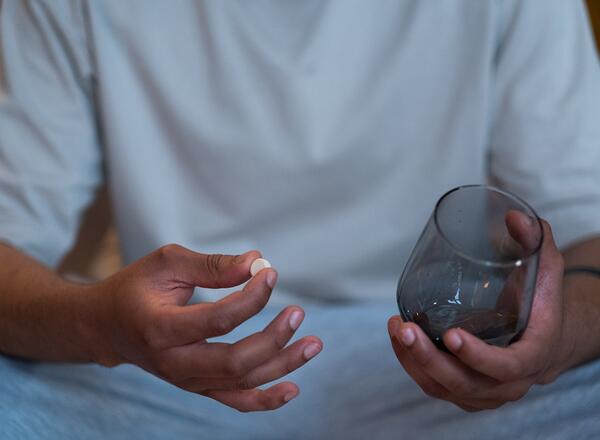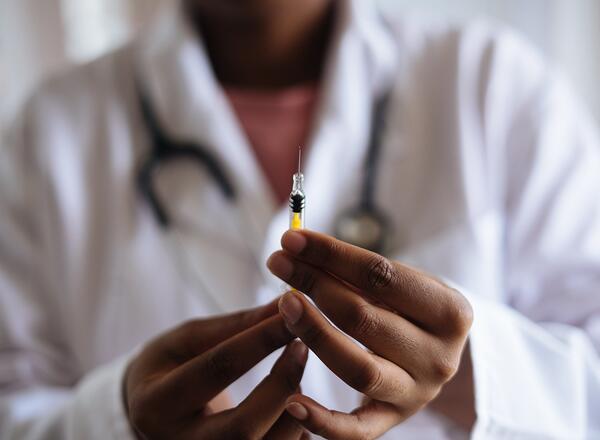
Medications for diabetes are designed to lower blood glucose. However, it is important that you follow your meal plan as designed by your dietitian or doctor. Your diet needs to be matched to your medications, and your medications need to be matched to your diet.
Taking oral medications for diabetes doesn’t just “cover” whatever you feel like eating. Eating consistently so that there is a good match may be hard. Eating a lot one day and not much the next day usually means that your medication and food were not matched on either day.
Your physician will prescribe the best medication to treat your diabetes. This will depend on what type of diabetes you have, how long you have had diabetes, and your treatment goals. Diabetes medications work by targeting different sites in your body.
